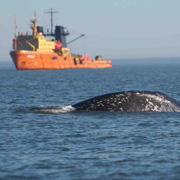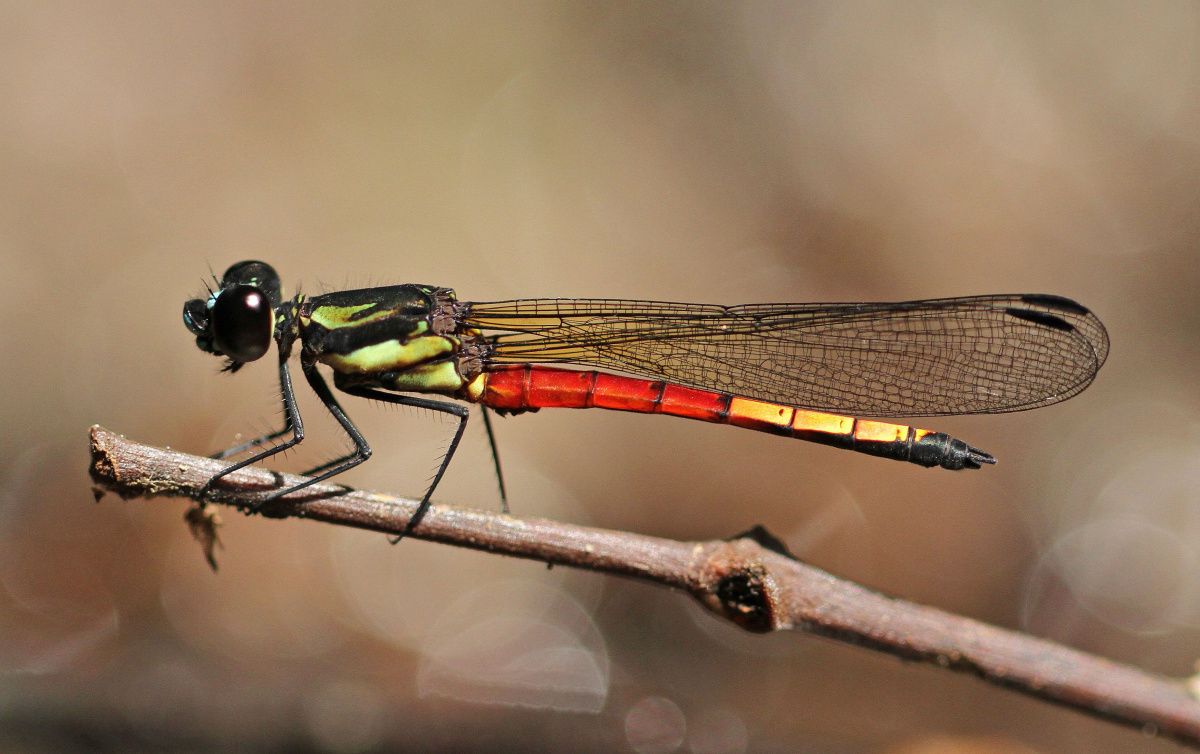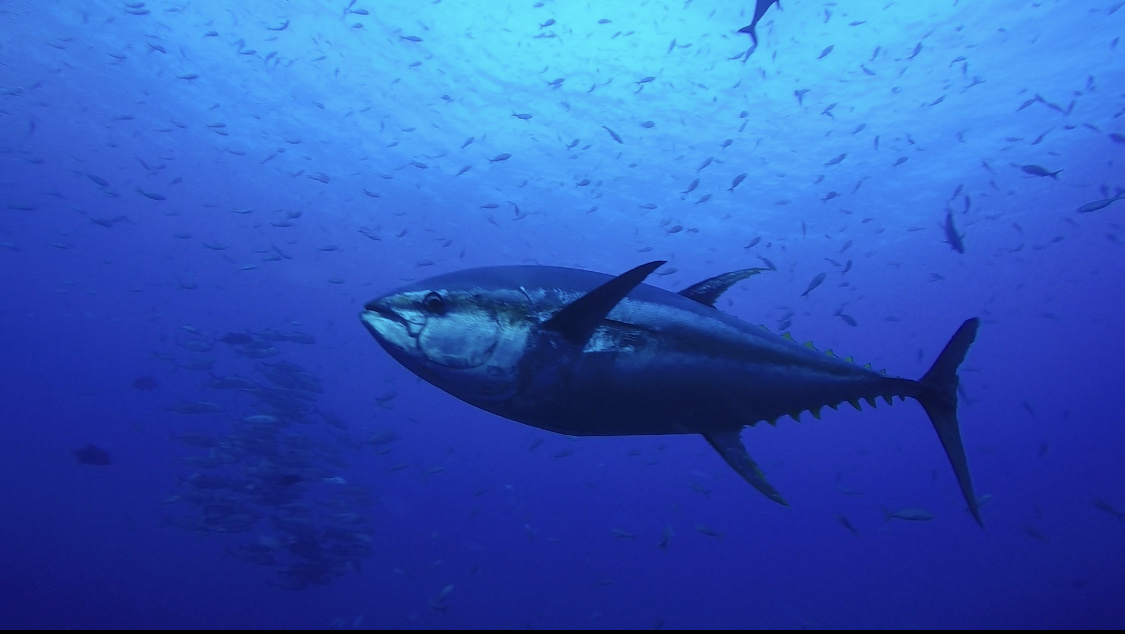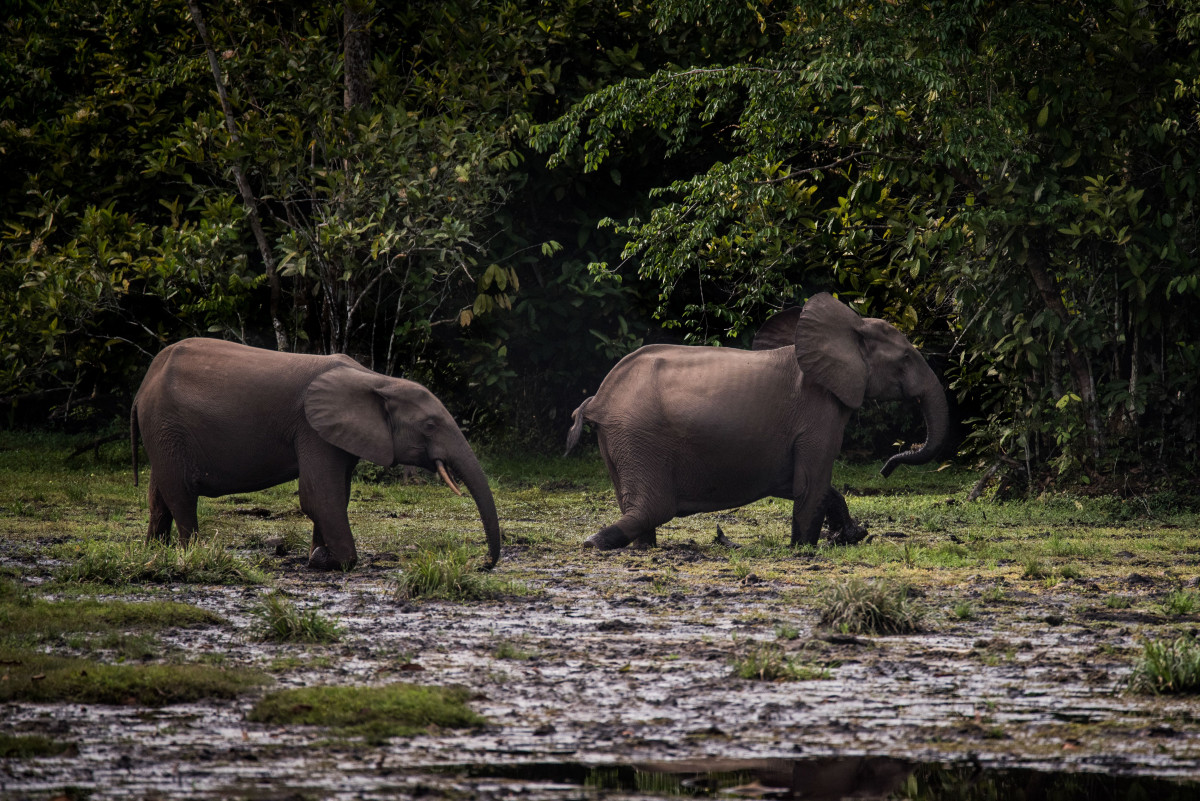World Conservation Union panel voices concern over impact of noise on whales
Scientists highlight the importance of noise limits for energy companies operating in Russia to protect the critically endangered western gray whale

Photo: Dave Weller
An independent scientific advisory panel established by the World Conservation Union (IUCN) has expressed its concern over the effect of noise levels from offshore oil and gas activities on the western gray whale.
Sakhalin Energy, a consortium that includes Gazprom, Shell, Mitsui and Mitsubishi, is working on the Sakhalin II oil and gas development off the coast of Sakhalin Island in eastern Russia.
The waters off Sakhalin Island are the only known feeding ground for western gray whales, which migrate between eastern Russia and southern China. The whale population is listed as Critically Endangered (the highest category of threat) on the IUCN Red List of threatened species. It consists of about 120 individuals, with only 25 to 35 reproductive females.
The Western Gray Whale Advisory Panel, set up by IUCN in 2006, recommended in April 2007 that Sakhalin Energy adopt strict criteria for the management of noise from its construction activities. This would require them to measure noise levels over a certain period of time and, if necessary, mitigate noise in the whales’ feeding area if such criteria were exceeded.
In response to these recommendations, however, Sakhalin Energy stated it was “not technically feasible to implement the proposed criteria” and added that 2007 construction work had been planned on criteria “successfully used in 2006”.
In a statement, the panel said: “The panel finds Sakhalin Energy’s apparent decision to reject the noise criteria proposed in April for the 2007 season extremely disappointing and potentially unsafe for the western gray whale population; it has received no new information from the company to justify its decision.
“We are especially concerned that the company appears to have decided not to include thresholds for prolonged exposure to lower noise levels. Without more rigorous noise management and mitigation efforts on the part of Sakhalin Energy and other companies operating in the region, their activities may have significant long-term effects on gray whales attempting to feed in this area. Such a possibility is of particular concern with regard to pregnant females and females with calves.”
ENDS
Notes to editors
The panel’s recommendations
The Western Gray Whale Advisory Panel recommended in April 2007 that Sakhalin Energy adopt dose-based approaches to managing noise from its construction activities. The panel said mitigation action should be taken when the level of broadband noise received at the edge of the feeding area exceeds 130 decibels for 90 minutes.
It said that for every five decibel increase in noise level, the time that whales are exposed to the noise should be reduced by half. Similarly, for every five decibel decrease in noise level, exposure time could be increased. So, for example, sounds received at the edge of the feeding area at 125 decibels could continue for 180 minutes.
The panel advised that time limits should be based on a daily schedule, so that exposure to 130 decibels for 90 minutes in total should only occur once in 24 hours.
Background on the western gray whale
The western Pacific population of gray whales (Eschrichtius robustus) is one of only two surviving populations of this species in the world. Both populations were brought near to extinction by commercial whaling. The eastern Pacific population, which migrates annually between Mexico and Alaska/northeastern Siberia, has recovered substantially and now numbers about 20,000 individuals. By comparison, the western Pacific population, or western gray whale, which migrates annually between Russia and China, is estimated at about 120 individuals with only 25 to 35 reproductive females.
Western gray whales feed for about half of the year, in the summer and autumn, and build stores of fat to provide energy during the calving and mating season. The primary feeding grounds off Sakhalin Island are therefore of major importance for the health and survival of the population.
For more information please visit the Western Gray Whale Advisory Panel website
For more information or to set up interviews, please contact:
Sarah Halls, IUCN Media Relations Officer, Tel: +41 22 999 0127; Fax: +41 22 999 0020; sarah.halls@iucn.org; Web: www.iucn.org
For photos please contact Sarah Halls at sarah.halls@iucn.org
About the World Conservation Union (IUCN)
Created in 1948, the World Conservation Union (IUCN) brings together 84 States, 108 government agencies, 700 plus NGOs, and some 10,000 scientists and experts from 147 countries in a unique worldwide partnership. The Union’s mission is to influence, encourage and assist societies throughout the world to conserve the integrity and diversity of nature and to ensure that any use of natural resources is equitable and ecologically sustainable.
The Union is the world's largest environmental knowledge network and has helped over 75 countries to prepare and implement national conservation and biodiversity strategies. The Union is a multicultural, multilingual organization with 1,000 staff located in 62 countries. Its headquarters are in Gland, Switzerland.
More information can be found at www.iucn.org
Download Panel Statement
***UPDATE to story: Sakhalin Energy responds to concerns raised by Panel



